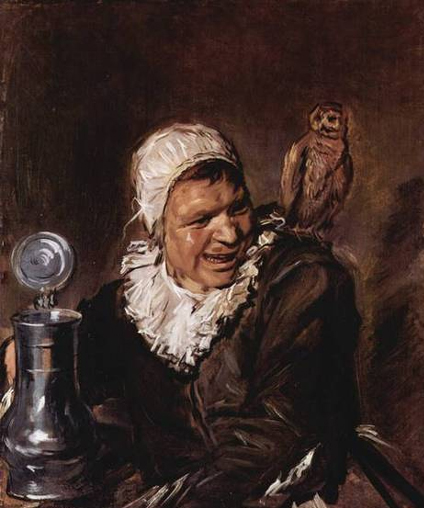Andrew Graham-Dixon on a major exhibition of work by Frans Hals at the Royal Academy
THE STANDARD verdict on Frans Hals goes roughly like this: 'Somewhat superficial, inspired by the external appearances of things, by whatever moves and glitters, rather than the secret and inner spiritual side of life; even somewhat vulgar, if one can so refer to genius - but frank and bold, as irresistible as instinct.'
That was Thore-Burger, the French critic who was almost singlehandedly responsible for the revival of Hals' reputation after some two centuries of neglect, writing in 1860. The preconception still holds firm. If Rembrandt was the great painter of the soul, Hals has been remembered as the great painter of surfaces, the genius of superficiality: an artist whose love of fine stuffs matched that of his wealthier patrons; the master, in his low-life genre scenes, of lightheartedness and thoughtless bonhomie, the milieu of the drained tankard.
Maybe it's no surprise that Haarlem, thriving centre of the Dutch textile industry in the first half of the seventeenth century, should have produced Hals - one of the greatest painters of costume, of the varying transparencies of lace, the modulations within darkness of black silk or velvet, to have lived. Take his portrait of Jasper Schade, exhibit number 62 of around 75 in the Royal Academy's great Hals retrospective and the occasion for one of those astonishing bravura passages of painting that Hals tends to be remembered for. It's virtually abstract, the sleeve of that taffeta jacket, a shimmering field of cursive, zig-zag brushstrokes standing in for the play of light on a gorgeous surface.
Costume, in Hals, leads a virtually independent existence. His Family Group in a Landscape has been rightly hailed as a masterpiece of the kind of informal portrait that Hals invented. By...


